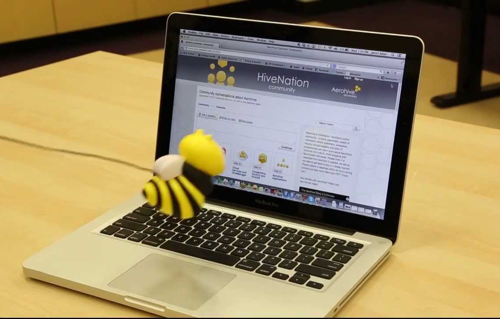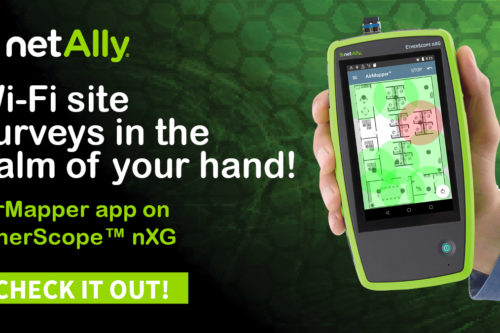Ahh, Aerohive, the company with the little worker bees all over the world! Aerohive is a great company that builds an easily deploy-able network taking into consideration other aspects of networking: the user. Their products are web based and cloud based allowing for more streamlined approach at upgrades and maintenance that some verticals such as EDU thrive on.
A strong focus of Aerohive is the Cloud First concept, but what does it mean?
[list_3]
- Dramatically better customer experience and time-to-value. No more waiting for PO to be cut, product to be delivered etc.
- Better scaling, redundancy and performance
- Agility to provide new capabilities, fix issues, and support customer needs
[/list_3]
So first how about a little brief history of innovation with Aerohive:
[list_3]
- First Cooperative Control Wi-Fi architecture
- First Wi-Fi vendor with a Cloud-ENABLED management (2009)
- First Wi-Fi vendor to focus on SIMPL-FI
- First Unified Access Layer optimized for mobility
- First UNIFIED Cloud Experience for Public or Private Cloud
[/list_3]
Aerohive introduced us to a few of their new features and did so in a very entertaining way, make sure you check on the video from TechFieldDay.com once it gets posted. We all have heard enough of BYOD, let’s face it we all know BYOD exists, it’s something we have to account for, blah blah blah. Aerohive is now providing an easy way of doing client onboarding for getting devices onto the correct networks and profiles. Client on boarding will be free for 100 devices, after that it will be a licensed item. Ease of use for end user, doesn’t require anyone to setup PKI for example. This is licensed per client device that you will be provisioning. The setup works for iOS and OSX devices today and will be moved to other OS’ in the future. The goal is not to be a MDM solution, let the partners (AirWatch, JAMF) continue down that road while simplifying just the on boarding process only. Users can be presented with an option to allow them to select that this is a corporate device vs personal device. You can lock that via MAC address for example. Because the device is connected to the network when you remove an enrollment profile that device is then removed from Hive allowing it to be reenrolled on a different profile if needed. Administrators can do basic restriction options for iOS devices as well as install Apps to the device.
The next item up that we learned about was ID Manager. ID Manager allows for simple and quick guest registration including a sponsor mode that lets employees create guest accounts for others. Now you can also do bulk provisions in the backend using XLS template or random generator, something that is extremely important if you handle a lot of events. One of the interesting aspects to ID Manager is that it allows you to not display the password to the person creating the account, requiring it to be delivered via text, email, print, Twitter DM. Why is this cool? One of the things that can occur at organizations with sponsor modes is that people will create guest accounts to get their own devices online. By delivering the password directly to the end user they are the only ones that know that guest user password. This is also a neat little security feature for if you do application/browsing tracking, there is a concept of accountability then at that point. On the Twitter DM methodology you have to be following the Aerohive_ID_Mgr account, if you are not following said account and you select it as the delivery methodology you will get an error message and need to correct/remediate. This is another product from Aerohive so there are costs associated to it that relate to the number of users you are supporting, it’s not tied to APs for example. So I could have 1 ID Manager for a global deployment.
Aerohive also gave us a demo of their AVC feature set. They use “true DPI” (deep packet inspection) and can detect approx 700 applications currently. New signatures will be updated possibly quarterly, it’s a delta update so the update can be realtime with no customer downtime. Because Aerohive is built on a distributed architecture each AP can take part of the processing of the AVC data allowing for lower CPU hits on the APs. These AVC profiles are the same profiles that are used across the products allowing for a unified concept alleviating the need to recreate the policies for different mediums or SSIDs.
Unfortunately Aerohive didn’t have any product announcements regarding 802.11ac but we did get a great tech overview of some of the benefits of Multi-User MIMO that will be present in 802.11ac. I have to admit that my brain went from note taking mode to pure listening just because of the level of detail that Matthew Gast goes into. While I would like to see an 802.11ac AP out on the market one has to wonder if they are waiting it out for more client devices and to see what happens with the other players in the space.



